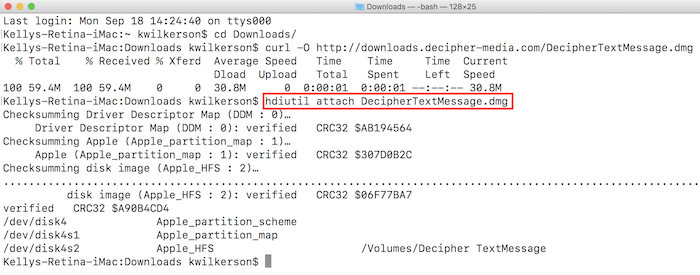

For granting access to applications, not intended for users.Ĭan manage domain names in cloud and on-premises.Ĭan manage all aspects of the Dynamics 365 product.Ĭan manage all aspects of the Exchange product.Ĭan create or update Exchange Online recipients within the Exchange Online organization.Ĭan create and manage all aspects of user flows.Įxternal ID User Flow Attribute AdministratorĬan create and manage the attribute schema available to all user flows.Ĭan configure identity providers for use in direct federation.Ĭan manage all aspects of Azure AD and Microsoft services that use Azure AD identities.Ĭan read everything that a Global Administrator can, but not update anything. Commonly used to grant directory read access to applications and guests.Ĭan read and write basic directory information. Limited access to manage devices in Azure AD.Ĭan read and manage compliance configuration and reports in Azure AD and Microsoft 365.Ĭan manage Conditional Access capabilities.Ĭan approve Microsoft support requests to access customer organizational data.Ĭan access and manage Desktop management tools and services.Ĭan read basic directory information. Users assigned to this role are added to the local administrators group on Azure AD-joined devices.Ĭan manage Azure DevOps organization policy and settings.Īzure Information Protection AdministratorĬan manage all aspects of the Azure Information Protection product.Ĭan manage secrets for federation and encryption in the Identity Experience Framework (IEF).Ĭan create and manage trust framework policies in the Identity Experience Framework (IEF).Ĭan perform common billing related tasks like updating payment information.Ĭan manage all aspects of the Cloud App Security product.Ĭan create and manage all aspects of app registrations and enterprise apps except App Proxy. Some readers have found this problem occurs even if the permissions are correct on the destination folder, however, and forum searches lead me to believe that can result from the wrong permissions on a hidden Autosave Information folder used by Apple’s apps for interim versions of documents you’re working on before you save them under a name in a different location, or between you explicitly choosing File > Save in apps that require that.Can create and manage all aspects of app registrations and enterprise apps.Ĭan create application registrations independent of the 'Users can register applications' setting.Ĭan create attack payloads that an administrator can initiate later.Ĭan create and manage all aspects of attack simulation campaigns.Ĭan access to view, set and reset authentication method information for any non-admin user.Ĭan create and manage the authentication methods policy, tenant-wide MFA settings, password protection policy, and verifiable credentials.Īzure AD Joined Device Local Administrator If you do see yourself, but Read & Write isn’t selected: Follow steps 1, 4, and 5 above.

If it’s a folder and you want to make sure everything within the folder down to the lowest level also has the same access (typical for document), from the gear item, choose Apply to Enclosed Items and then confirm by clicking OK.In the Privilege column next to your name, choose Read & Write.Select yourself from the Users & Groups list and click Select.Click the lock icon in the lower-right corner and enter your password (or that of an administrative account, if your user account isn’t set with admin privileges).If you don’t see yourself, follow these steps: For example, I show up as “glenn (Me)”, my Unix user name for my account, under Name. In the Sharing & Permissions area of either the Get Info or Multiple Item window, you should see your account in the Name column and (for regular documents) Read & Write under the Privilege column. Select Go > Home in the Finder, and you’ll see it there.)
/ResetHomeFolderPermissions-57017d083df78c7d9e648e4d.jpg)
(And, by the way, the Desktop folder referred is the one in the top level of your home directory. Because Apple provides no further instructions, this might leave many newer users at sea. To modify multiple items, hold down Option and select File > Show Inspector. If permissions are unfamiliar to you, it’s fortunately accessible-as Apple says in the dialog box-by selecting one then choosing File > Get Info.

The Get Info window lets you fix permissions so you can read and write files and folders. (I sometimes use Terminal and have to mess with file permissions behind the scenes for command-line apps.) IDG In fact, honest to goodness, I can’t recall the last time I had to modify permissions on files created through Mac apps or by macOS.


 0 kommentar(er)
0 kommentar(er)
